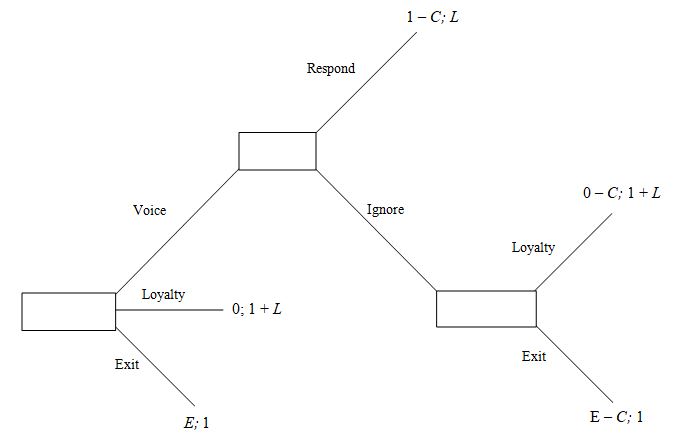The policy of affirmative action arose when
A. the Supreme Court declared in Bakke that the Fourteenth Amendment requires government and large firms to hire more women and minorities.
B. the Supreme Court rendered its Adarand v. Peña decision in 1995.
C. the Supreme Court ruled that de facto discrimination is unlawful.
D. it became apparent that disadvantaged Americans would not attain equal employment through the 1964 Civil Rights Act alone or through individual lawsuits.
E. private firms decided on their own that a more diverse workforce was actually a more productive and effective workforce.
Answer: D
You might also like to view...
Which of the following best summarizes the supreme court's ruling in brown v. Board of education?
A) racially segregated schools can never be equal B) states that segregate need to spend more money to make african american schools equal C) the federal judiciary, but not congress, has the power to enforce civil rights D) school segregation was unfair but did not violate the fourteenth amendment
The Bill of Rights is made up of the first __________ amendments to the U.S. Constitution
a. three b. five c. seven d. ten e. twelve
What is the purpose of the National Conference of State Legislatures?
A. to lobby for state legislatures at the national level B. to act as a sort of clearinghouse for new ideas to be shared between state legislators C. to determine which political spin will work best for election strategies D. to assist in organizing grassroots campaigns E. to coordinate lobbying efforts between state and federal legislators
What is the subgame perfect Nash equilibrium or equilibria for the game if you use these payoff values?
Below is the Exit, Voice, and Loyalty game between the state and the citizen.Recall that E is the payoff that the citizen gets when she exits, L is the payoff that the state gets from retaining a loyal citizen, 0 is the payoff that the citizen gets from remaining loyal, and C is the cost that the citizen must pay for using voice.
Let E = 0.5, let L> 1, and let C = 0.25.

Recall that the equilibrium should be written in the following form: (citizen’s move at her first node, citizen’s move at her last subgame, state’s move at his [only] subgame).
A. voice, exit; respond
B. voice; exit
C. voice; respond; exit
D. exit, exit; respond
E. voice, respond; ignore